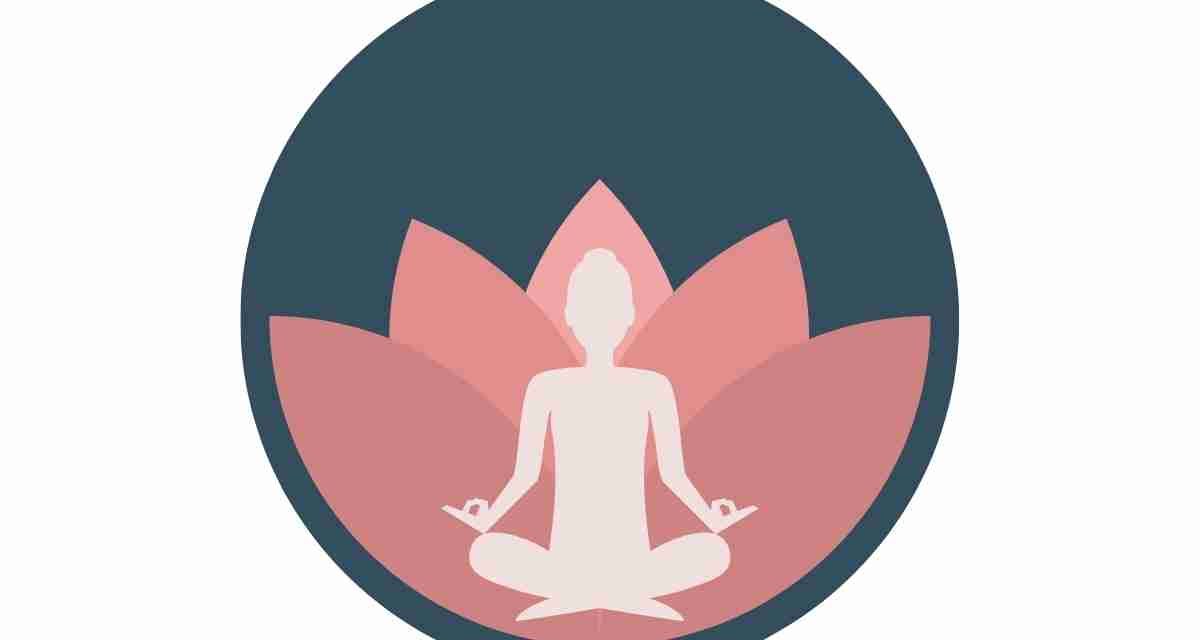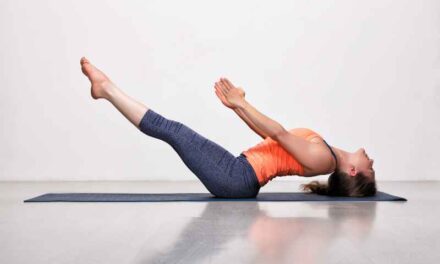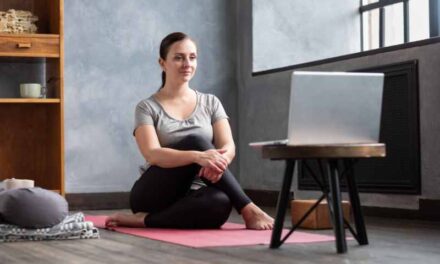Within the vast world of yoga lies Raja Yoga, also known as the “royal path” or the “eightfold path.” Unlike the emphasis on physical postures in Hatha yoga, Raja Yoga delves into the depths of the mind, guiding you towards a state of enlightenment and self-realization. It’s a systematic and transformative journey, unfolding through eight stages that progressively refine your inner world.
The Eightfold Path: A Step-by-Step Guide
Raja Yoga, outlined in the ancient Yoga Sutras of Patanjali, is structured around eight limbs (ashtanga) that build upon each other. Let’s explore each stage and how it contributes to your overall growth:
1. Yamas (Ethical Restraints): The foundation of Raja Yoga lies in cultivating ethical conduct. The five yamas guide your interactions with the world and yourself:
- Ahimsa (Non-violence): This principle extends beyond physical harm to encompass kindness in thoughts, words, and actions.
- Satya (Truthfulness): Living authentically and being honest in your communication with yourself and others.
- Asteya (Non-stealing): Respecting what belongs to others, both material possessions and intangible things like time or energy.
- Brahmacharya (Moderation): Practicing self-control and moderation in all aspects of life, including energy and sensory indulgence.
- Aparigraha (Non-possessiveness): Letting go of attachment to material possessions and cultivating a sense of contentment.
2. Niyamas (Observances): Building upon the yamas, the niyamas are self-discipline practices that strengthen your character and inner world:
- Saucha (Purity): Maintaining cleanliness on both the physical and mental levels.
- Santosha (Contentment): Finding joy and satisfaction within yourself, regardless of external circumstances.
- Tapas (Self-discipline): Cultivating dedication and commitment to your practice and personal growth.
- Svadhyaya (Self-study): Engaging in introspection, studying yoga philosophy, and expanding your knowledge.
- Ishvarapranidhana (Surrender): Letting go of the need for control and trusting in a higher power (can be interpreted as the universe or one’s own inner wisdom).
3. Asana (Physical Postures): While not the central focus, Raja Yoga incorporates asanas to prepare the body for meditation. Here, the emphasis is on finding a comfortable, stable seated posture that allows you to remain still for extended periods.
4. Pranayama (Breath Control): Pranayama practices control and regulate your breath, which is believed to be the link between the body and mind. By calming your breath, you can quiet the mind and prepare for deeper meditation.
5. Pratyahara (Withdrawal of Senses): In this stage, you begin to withdraw your attention from external stimuli. You learn to detach from the constant sensory bombardment and turn your focus inwards.
6. Dharana (Concentration): Here, you cultivate the ability to focus your attention on a single point, such as the breath, a mantra, or a visualization. This focused state helps to quiet the mind chatter and prepare for meditation.
7. Dhyana (Meditation): This is the core practice of Raja Yoga. In meditation, you transcend focused concentration and enter a state of deep contemplation. Thoughts slow down, and you experience a state of inner peace and stillness.
8. Samadhi (Enlightenment): Samadhi is the ultimate goal of Raja Yoga, a state of complete absorption and liberation. In this state, the sense of self dissolves, and you experience oneness with the universe.
Unveiling the Benefits of Raja Yoga
The practice of Raja Yoga goes beyond achieving physical fitness; it’s a holistic journey with profound benefits for your mind, body, and spirit. Here are some key advantages you can experience:
- Enhanced Self-Awareness: Raja Yoga cultivates a deeper understanding of your thoughts, emotions, and motivations. It helps you become a mindful observer of your inner world.
- Reduced Stress and Anxiety: Through practices like pranayama and meditation, Raja Yoga helps to calm the mind and nervous system, promoting a sense of inner peace and reducing stress and anxiety.
- Improved Focus and Concentration: By learning to focus your attention in meditation, you carry this skill over to other areas of your life, enhancing concentration and productivity.
- Emotional Regulation: Raja Yoga equips you with tools to manage your emotions effectively. You learn to observe your emotions without judgment and respond rather than react.
- Increased Self-Discipline: The practice of Raja Yoga requires dedication and commitment. As you progress through the stages, you cultivate self-discipline that spills over into other aspects of your life
- Greater Inner Peace: The journey of Raja Yoga ultimately leads to a state of inner peace and tranquility. By quieting the mind and letting go of attachments, you experience a sense of contentment and well-being.
- Spiritual Growth: Raja Yoga is a path of self-discovery that can deepen your connection to a higher power or your own inner wisdom. It fosters a sense of purpose and meaning in life.
Getting Started with Raja Yoga: A Beginner’s Guide
The beauty of Raja Yoga lies in its accessibility. You don’t need any special equipment or prior experience to begin. Here are some initial steps to embark on your journey:
- Find a Quiet Space: Dedicate a space in your home for your practice, free from distractions.
- Start Small: Begin with short practice sessions, gradually increasing the duration as you become more comfortable.
- Focus on Breath: Observe your breath, noticing its natural rhythm. You can use this as an anchor point in meditation.
- Guided Meditation: Consider using guided meditations to learn the techniques and deepen your practice.
- Join a Class or Workshop: Learning from a qualified yoga teacher can provide valuable guidance and support.
About Sage Patanjali – Contributor to Raja Yoga
The Sage Patanjali: Patanjali, estimated to have lived around the 2nd century BCE, is widely considered the codifier of Raja Yoga. He didn’t necessarily invent the practice, but rather compiled and systematized the existing knowledge into a foundational text called the Yoga Sutras. This 196-verse treatise serves as the cornerstone of Raja Yoga philosophy, outlining the eight limbs (ashtanga) that guide practitioners.
Raja Yoga’s Ancient Roots: Evidence suggests that yoga practices, including meditation and introspection, existed long before Patanjali. These practices were likely passed down orally through generations before being documented in the Yoga Sutras. Patanjali’s genius lay in organizing this knowledge into a coherent system, making it accessible to a wider audience.
A Legacy of Knowledge: The Yoga Sutras remain a crucial text for understanding Raja Yoga and its philosophy. Patanjali’s contribution lies in offering a clear and concise framework for achieving self-realization through a structured practice.
In essence, Raja Yoga is a culmination of ancient wisdom, with Patanjali playing the pivotal role of compiler and systematizer. His Yoga Sutras serve as a roadmap for those seeking inner peace and self-discovery through the eightfold path.
Remember, Raja Yoga is a lifelong journey. Be patient, kind to yourself, and celebrate your progress. As you dedicate yourself to the practice, you’ll gradually unveil the transformative power of Raja Yoga, leading you towards a life filled with greater self-awareness, inner peace, and self-realization. By incorporating Raja Yoga into your life, you embark on a path of self-discovery and transformation. It’s an invitation to cultivate a more peaceful, mindful, and fulfilling existence. So, take a deep breath, find your quiet space, and begin your journey to self-realization.





